Manage my passport? What's to manage, you may be thinking. Well, nowadays there are lots of…
Your Complete Guide to Pandemic Travel to Hawaii…
As I mentioned in my October 16 Travel News Recap, the shifting sands of the Hawaii Covid-19 requirements for tourists had been difficult to figure out.
To determine the real story, I scoured a number of sites including TravelAge West (an industry group focused on the Western U.S.), the Hawaiian Airlines Facebook page, Hawaii.gov (the official website of the state government) and the Hawaiian Airlines website.
The Hawaii tourism industry welcomed 10.4 million visitors and generated more than $17.7 billion in tourism revenue in 2019, so getting the islands open to tourism is critical to the local economy. I have a personal interest in what’s going on in Hawaii since I have a trip planned for March. That’s five months away and everything could change before then, but I’m still watching with keen interest.
Technically, the 14-day quarantine program has been extended, but a pre-travel testing option has been added as an alternative. There was some concern that not all counties/islands (Kauai in particular) would participate. When Governor Ige made his announcement of the following program, he was clear that this applies to all trans-pacific travel.
Despite that, Kauai Mayor Derek Kawakami said on October 8 that his administration is still considering an opt-out of the governor’s pretesting plan. Fortunately, the Kauai County website now says they are accepting the newly-announced state program.
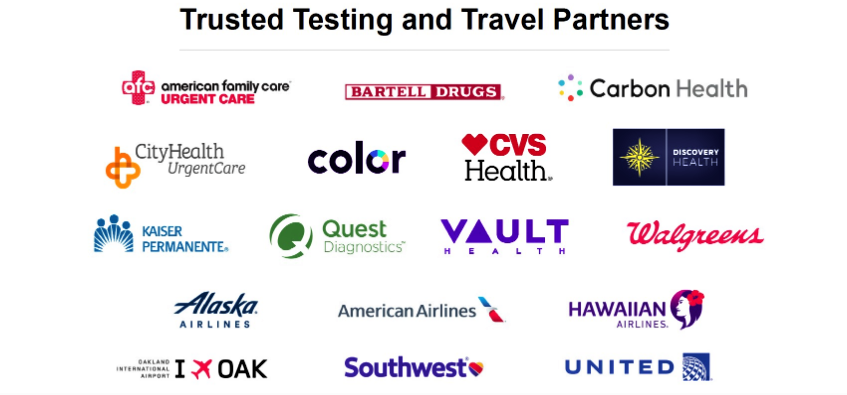
Here’s a rough summary of the Safe Travels Hawaii program:
- As of October 15, adult travelers will not be subject to Hawaii’s 14-day quarantine program if they successfully complete a pre-travel test. Children under the age of five will not need to be tested.
- The state of Hawaii will ONLY accept test results from “trusted testing and travel partners” (see the Hawaii Tourism Authority graphic above).
- Prior to arrival, all adults 18 or older must create an online Safe Travels Hawaii account to register the results of their test.
- Testing must be completed no more than 72 hours before your flight’s departure time.
- Once you receive your negative test results, you will upload the results to your Safe Travels Hawaii account.
- 24 hours prior to your departure time, you will receive an email with a QR code that must be presented to officials in Hawaii when you arrive.
Pre-Arrival FAQ:
What happens if I fly to Hawaii and don’t have my results yet?
I guess you could fly and hope your results arrive by the time you arrive, but I wouldn’t suggest it. You will need to quarantine until you receive your test, and if it is positive you will have to remain in quarantine the full 14 days. In addition, a positive test will require your travel companions to remain in quarantine as well.
Are the tests being touted by Hawaiian, United, Alaskan and American Airlines being accepted?
Lt. Governor Josh Green, who also participated in the announcement press conference, said that preflight testing options offered by the above airlines would also be accepted. Check with your airline for details: Hawaiian, United, Alaskan and American. Although Southwest is listed as providing Covid testing, I could find nothing about their program on their website.
What about airport testing?
Tampa was the first airport to offer Covid testing but as of October 16, thirteen airports are offering testing with more on the way: Los Angeles International (LAX), Tampa, Newark, New York-JFK, Burlington International, San Francisco, New York-LaGuardia, Miami, Dallas-Fort Worth and the four major airports in Alaska.
Coming soon: Oakland, Boston Logan and Hartford Bradley International. You can expect more airports to begin offering testing as time goes on.
Won’t Hawaiian officials accept a negative test even if it is from a company not on the approved list?
NO!!! They are very clear on this point; you MUST use one of their trusted testing and travel partners. “The state will accept results only from trusted partners, and we want to make sure that everyone understands that,” said Gov. Ige during his announcement of the new program.
What happens if I just “wing” it and fly without a test? Can’t I just take a test on arrival?
To put it bluntly – you’ll likely end up in quarantine jail for 14 days. Voluntary testing is not currently available at Hawaii airports.
What if I’ve already had Covid-19 and recovered?
To avoid quarantine you must submit the following and receive approval prior to arrival:
- A copy of a positive Nucleic Acid Amplification Test (NAAT) from a Clinical Laboratory Improvement Amendments (CLIA) certified laboratory taken no more than 90 days prior to your departure date.
- A signed letter from a medical provider stating that you have not exhibited symptoms and are fully recovered. This letter must be signed at least 10 days after your positive test and no more than 14 days from your departure date.
How are they defining “departure time?”
Departure time is defined as the time of the flight from the last city you leave before arriving in Hawaii. For example, you’re flying from Kansas City to San Francisco and then on to Kuai. The departure time is the scheduled takeoff time from San Francisco. If there is a delay in departure, Hawaii will use the scheduled departure time.
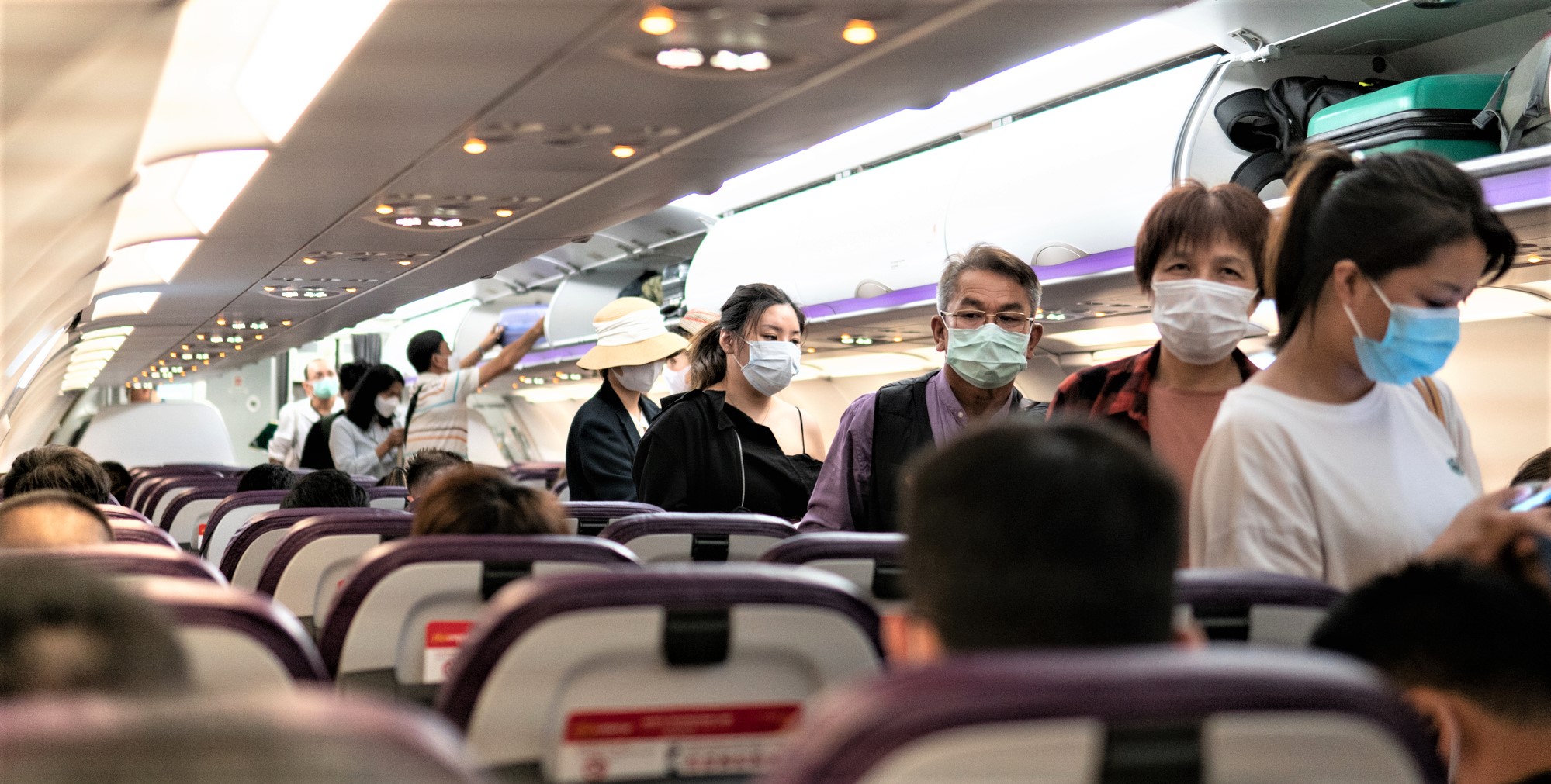
Arrival FAQ:
OK… so what happens when I arrive?
You will be required to present your QR code so your test results can be confirmed and have a temperature check. You will also need to complete the Mandatory State of Hawaii Travel and Health Form. Those exhibiting Covid symptoms will be required to have a secondary screening.
Are all of the islands handling testing in the same way?
Pretty much. All of the islands are participating in the state Safe Travels Hawaii program, but the Big Island (Hawaii) requires a free second test upon arrival to bypass quarantine. In addition, Maui and Kauai are offering a free voluntary second test three days after arrival.
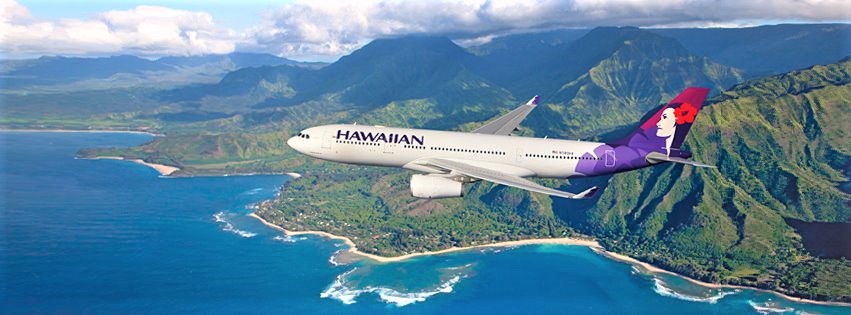
Post-Arrival FAQ:
So once I provide my test results, I’m done?
Probably. However, the state reserves their right to require retesting in certain instances where a visitor is displaying Covid-19 symptoms and as part of a study to determine the efficacy of the testing regimen. If you are required to take additional testing, the state will pay for it.
Will my hotel, Airbnb or car rental company require proof of a negative test?
They won’t ask for proof of a negative test but are allowed by law to ask for proof that you are not subject to quarantine. Car rental companies are only permitted to rent to persons not subject to quarantine.
Will I be required to wear a mask?
Hawaii Gov. David Ige encourages visitors and residents to wear a mask or covering of the nose and mouth while in businesses of any kind, and while waiting to enter these businesses. There may be local mask requirements, so be prepared to follow business signage.
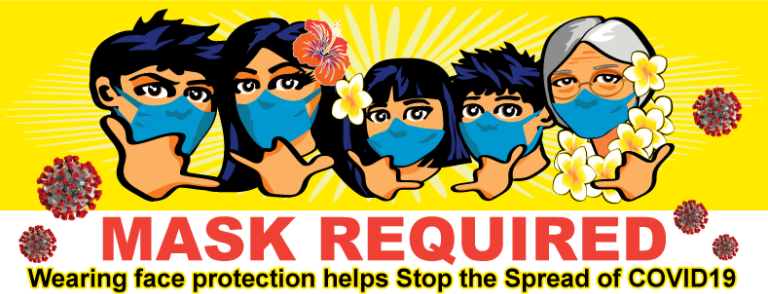
What happens if I have to quarantine?
You will be required to go directly from the airport by taxi to your accommodations with no stops in between. You will not be allowed to rent a car. You must have all food, groceries, medications and other supplies delivered. You will not be allowed to stay in a vacation rental of any kind for less than 30 days (i.e. no Airbnb, VRBO, etc.).
You may leave only to seek emergency medical services or return to the airport to depart the state. Be aware that the state government is conducting unannounced visits to verify compliance.
For the most current information and any restrictions, please visit the following websites:
County of Kauai
City and County of Honolulu
County of Maui
County of Hawai‘i
State of Hawai‘i Division of State Parks
National Park Service Hawai‘i Sites
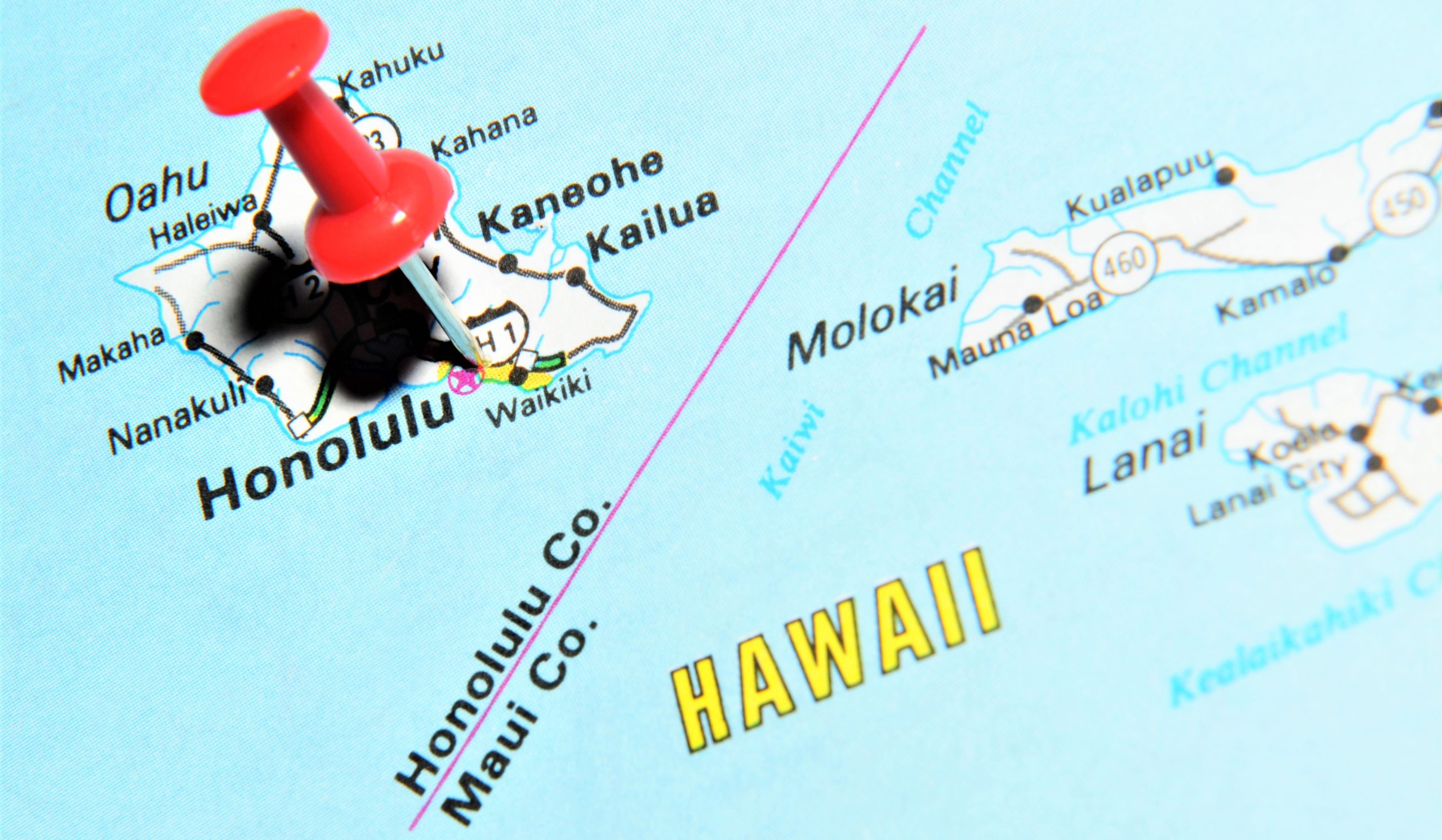
Brian’s Take:
Island states/territories like Puerto Rico, Guam, the U.S. Virgin Islands and Hawaii are highly dependent upon tourism. As a result, the pandemic has hit their economies very hard.
And when I say “economies” I’m really talking about cab drivers, chefs, hotel maids, bartenders, dive operators, restaurant servers, tour operators, busboys, maintenance workers, food suppliers, and on and on. These are real people who don’t have jobs and are hurting.
Each of these jurisdictions is under the gun to open up and get their people back to work, but they have all taken different approaches based on their perception of the Covid threat and their ability to survive economically in the long term. I don’t envy anyone having to make those decisions.
As far as Hawaii goes, I’m ready to go in March but probably wouldn’t go tomorrow. I will be watching carefully to see how this all plays out and how well Hawaii adapts. Will Hawaii (and other locations around the world) change their approach when a vaccine becomes available? Will the annual flu season impact their procedures?
We have watched the Covid-19 situation change week by week and I’ve given up trying to predict the future in this regard.

As an avid traveler, Brian has explored and enjoyed cultural encounters in over 40 countries while spending many years refining The Points Game — using credit card sign-up bonuses and other tricks to get nearly free travel. Getting the most out of every trip is an art and Brian launched My Travel Traxx to help others enjoy the art of travel.


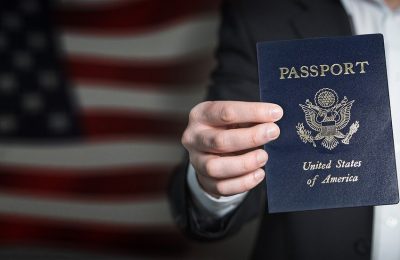
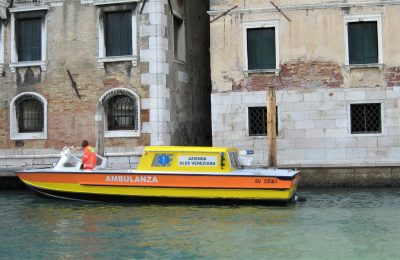
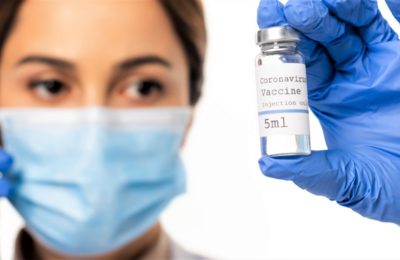
Comments (0)